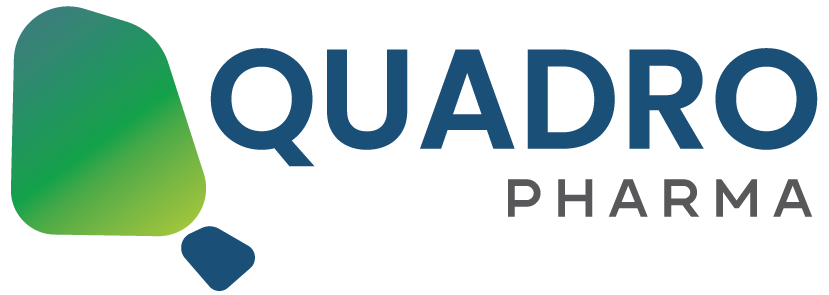Introduction
The global pharmaceutical industry is a major driver of innovation in healthcare, investing heavily in research and development (R&D) to discover and bring new treatments to market. This expenditure is crucial for advancing medical science and improving patient outcomes. Over the years, the R&D landscape has seen significant growth and transformation. This essay will examine the trends in global pharmaceutical R&D spending from 2014 to 2028, highlighting the key factors influencing this growth and the implications for the industry and global health.
Historical Trends (2014-2020)
From 2014 to 2020, the global pharmaceutical R&D spending increased steadily. In 2014, the industry spent approximately $145 billion on R&D. This figure rose to about $186 billion by 2020, reflecting an annual growth rate of around 4-5%. Several factors contributed to this increase:
- Innovation in Biotechnology: The rise of biotechnology and the development of biologics significantly impacted R&D spending. Biotech companies, often smaller and more specialized than traditional pharma giants, focused on innovative treatments, particularly in oncology and rare diseases.
- Aging Population: The global population’s aging trend drove demand for new treatments for chronic and age-related diseases, spurring increased investment in R&D.
- Regulatory Changes: Regulatory agencies worldwide, including the FDA and EMA, streamlined processes and provided incentives for drug development, encouraging companies to invest more in R&D.
- Increased Competition: With more companies entering the market, there was a race to develop novel drugs, pushing up R&D expenditure.
Recent Trends (2021-2023)
The COVID-19 pandemic in 2020-2021 further accelerated R&D spending, particularly in the development of vaccines and antiviral treatments. By 2021, global pharmaceutical R&D spending reached approximately $200 billion. Key drivers during this period included:
- COVID-19 Vaccines and Treatments: The urgent need for COVID-19 vaccines and treatments led to unprecedented collaboration and investment in R&D. Governments and private entities funneled billions of dollars into research to develop effective solutions quickly.
- mRNA Technology: The success of mRNA vaccines (e.g., Pfizer-BioNTech and Moderna) opened new avenues for drug development, with significant investments being made into exploring mRNA’s potential beyond infectious diseases.
- Digital Transformation: Advances in digital health technologies, including artificial intelligence (AI) and machine learning (ML), enhanced drug discovery and development processes, leading to more efficient and targeted R&D efforts.
Projected Trends (2024-2028)
Looking forward, global pharmaceutical R&D spending is expected to continue its upward trajectory, with projections suggesting it could reach $230-250 billion by 2028. Several factors are anticipated to drive this growth:
- Personalized Medicine: The shift towards personalized medicine, where treatments are tailored to individual genetic profiles, is expected to be a major driver of R&D investment. This approach promises more effective therapies but requires significant research into genetic and molecular underpinnings of diseases.
- Chronic Diseases and Oncology: With the global burden of chronic diseases such as diabetes, cardiovascular diseases, and cancer increasing, substantial R&D efforts will be directed towards finding more effective treatments and potential cures.
- Orphan Drugs: The development of orphan drugs for rare diseases will continue to be a focus area. Regulatory incentives and the high market value of these drugs will drive companies to invest in this niche yet critical sector.
- Regenerative Medicine: Advances in regenerative medicine, including stem cell therapies and tissue engineering, will attract significant R&D funding. These technologies hold the promise of revolutionizing treatment for a range of conditions, from injuries to degenerative diseases.
- Emerging Markets: As emerging markets grow economically, there will be increased investment in local pharmaceutical R&D. Countries like China and India are becoming significant players in the global pharmaceutical landscape, contributing to overall R&D spending.
Challenges and Opportunities
While the future of pharmaceutical R&D spending looks promising, there are several challenges and opportunities that the industry must navigate:
- High Costs and Risk: Drug development is inherently risky and expensive, with a high failure rate. Companies must balance the potential for high rewards with the substantial financial risks involved.
- Regulatory Hurdles: Navigating the complex and varying regulatory environments across different regions can be challenging. Companies need to ensure compliance while also advocating for regulatory frameworks that support innovation.
- Ethical Considerations: The advent of new technologies, such as gene editing and AI, raises ethical concerns that need to be addressed. Ensuring ethical standards in R&D processes will be crucial for maintaining public trust.
- Collaboration and Partnerships: Increased collaboration between pharmaceutical companies, academic institutions, and biotech firms can lead to more innovative and efficient R&D processes. Strategic partnerships will be essential for sharing knowledge, reducing costs, and accelerating development.
Conclusion
The global pharmaceutical industry’s investment in R&D is a testament to its commitment to advancing healthcare and improving patient outcomes. From 2014 to 2028, this spending is expected to grow significantly, driven by technological advancements, demographic changes, and the ongoing need for innovative treatments. While challenges remain, the opportunities for breakthroughs in medicine are vast. By continuing to invest in R&D, the pharmaceutical industry will play a crucial role in addressing some of the most pressing health issues of our time, ultimately contributing to a healthier global population.




